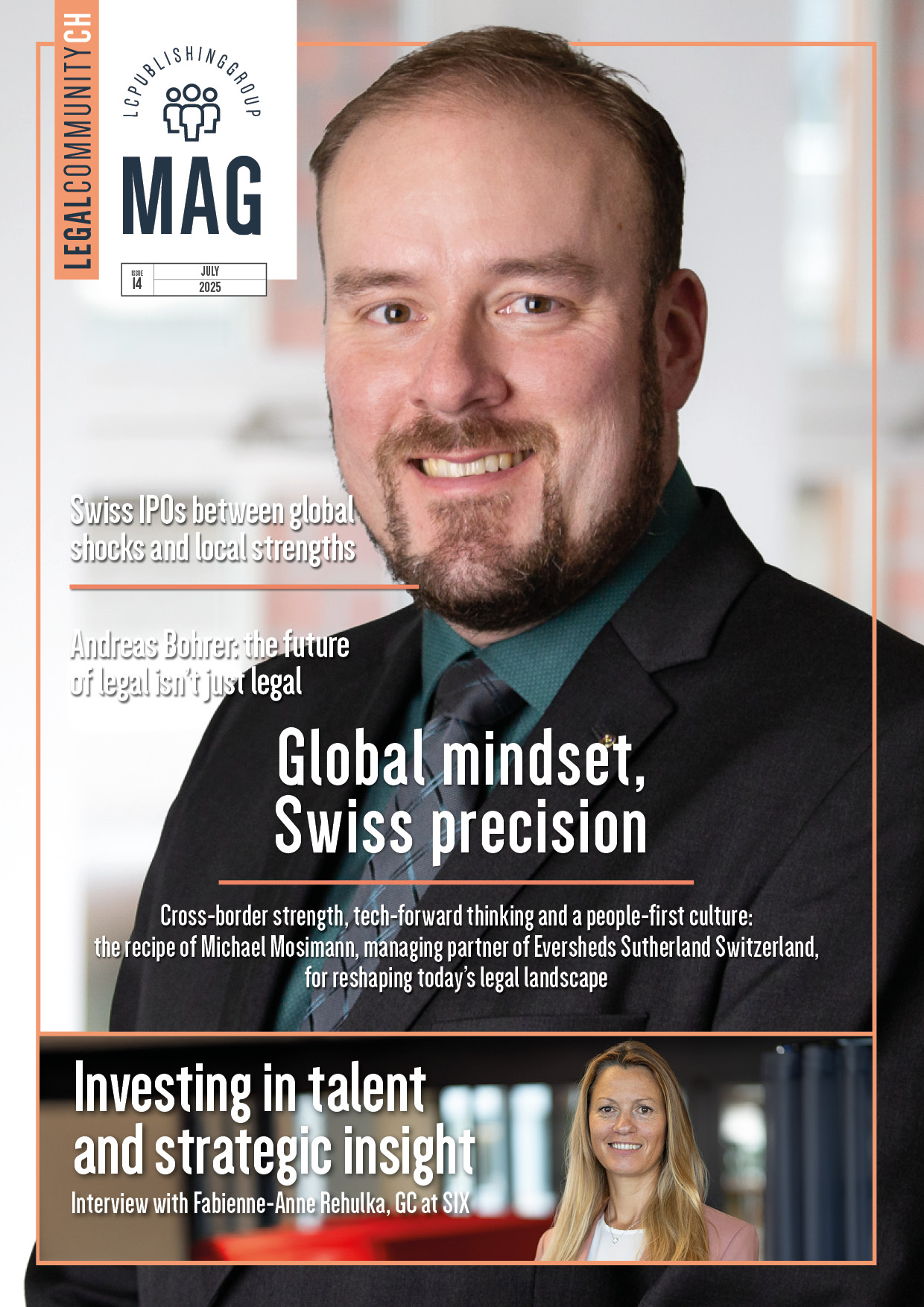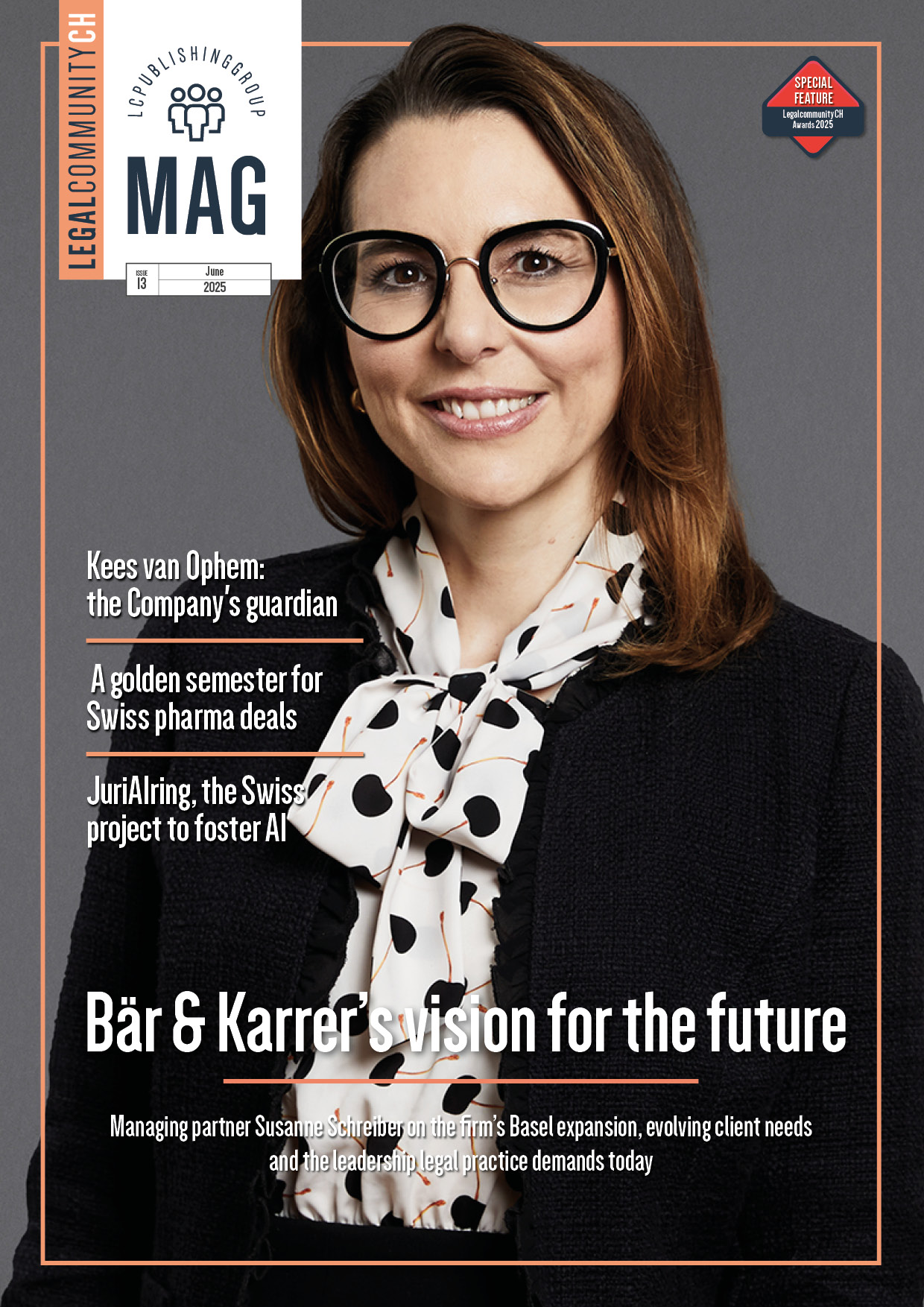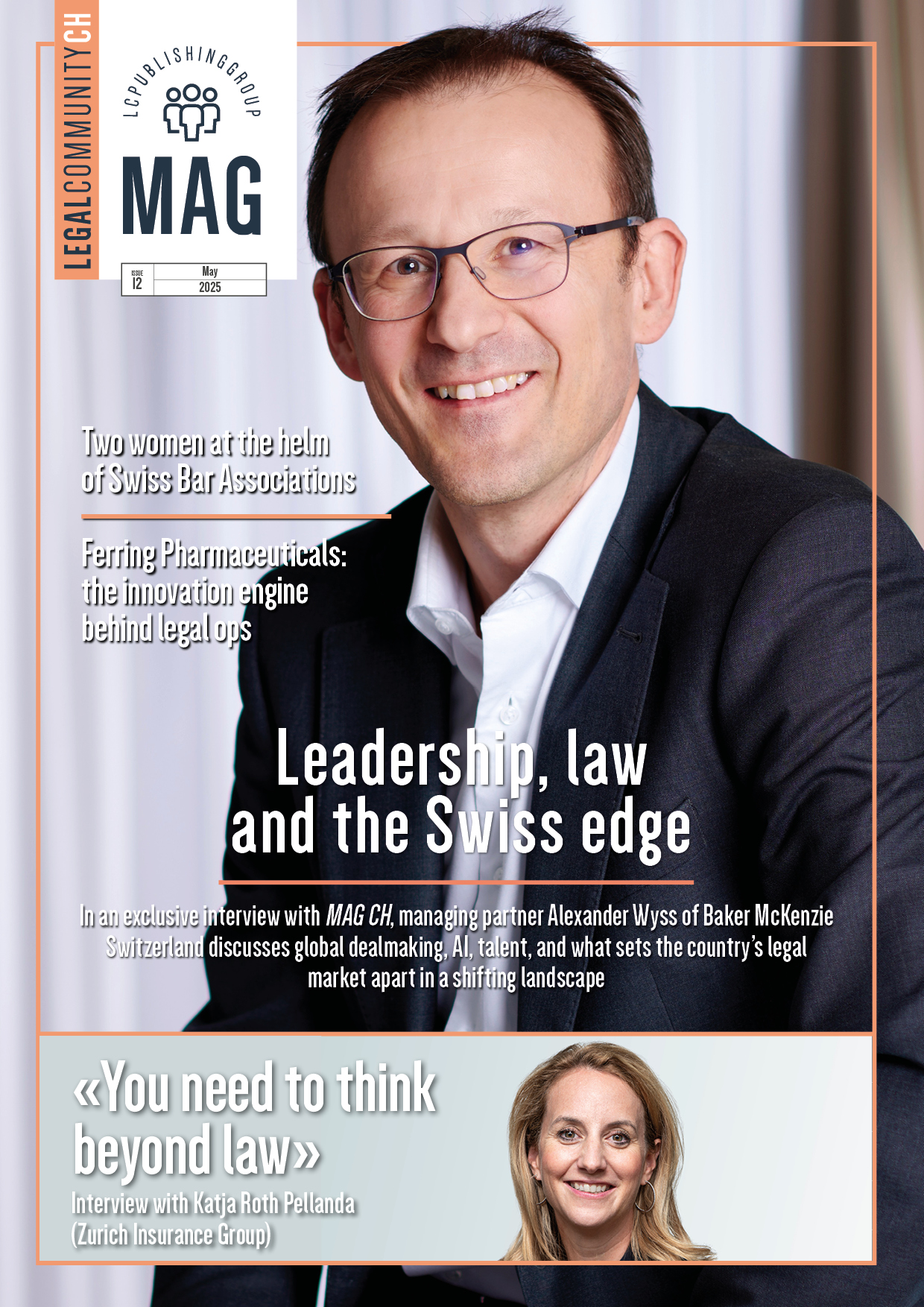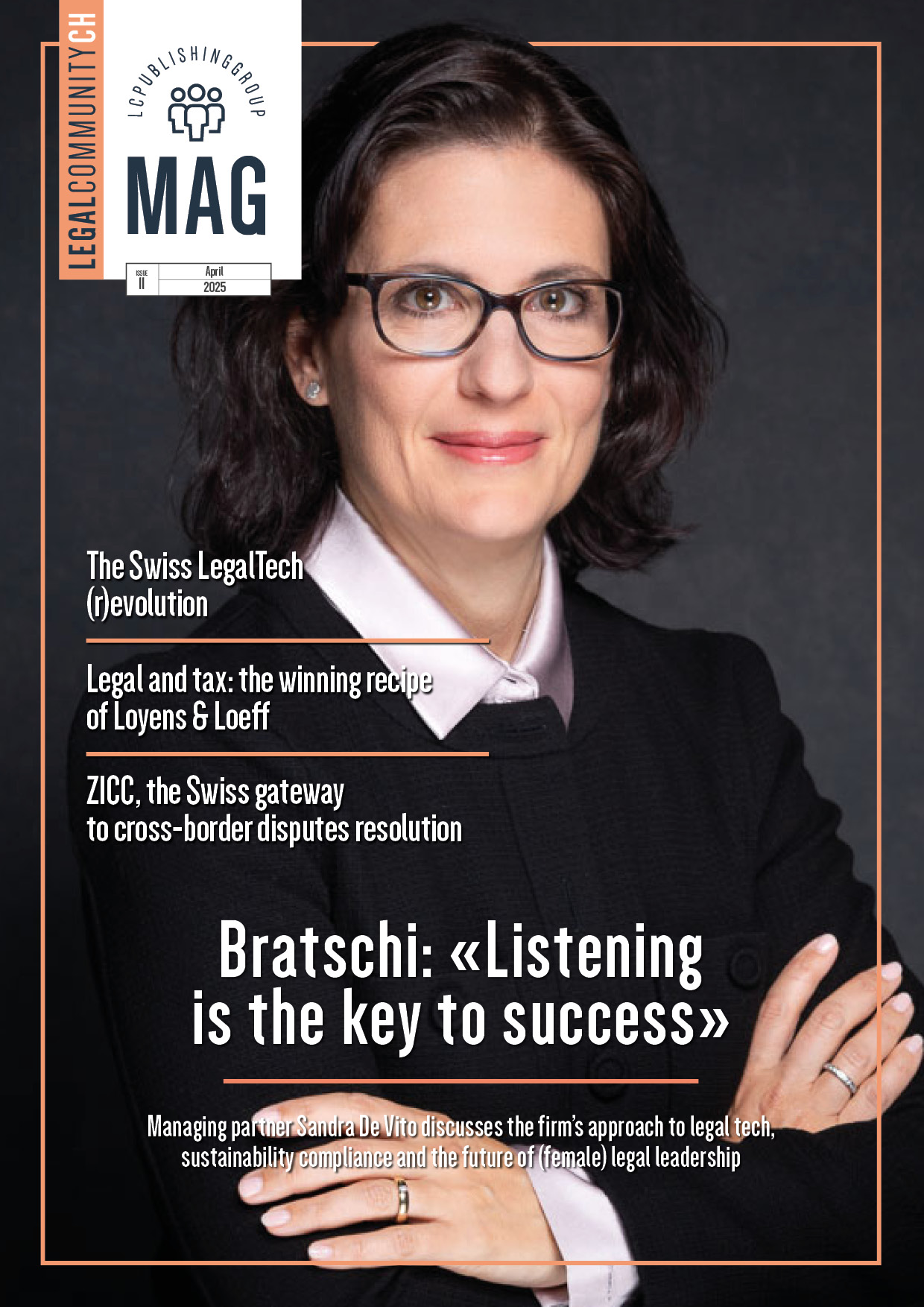The Swiss gap on legal gender equality
Not only is Switzerland geographically far away from Australia, but also in terms of gender equality in the legal sector. The Workplace Gender Equality Agency has named twenty Australian law firms as leaders in this sector within the workplace and analyzing seven focus areas: leadership, strategy and accountability, pay equity, support for caring, mainstreaming flexibility and prevention of harassment and discrimination. Only two out of this 20 have their offices in Switzerland, where the situation is different.
Here the legal profession has been historically male led. As GC magazine points out, the main concern is the gender pay gap, which ranks particularly highly in Switzerland. The Federal Statistical Office of Switzerland shows that women were paid 18% less than their male colleagues in 2016. A figure that rise a lot if we move to the private sector. So, even though is true that there are more female law students, the current broader picture suggests a gap to fill. This trend is not only Swiss, but global.
Considering country’s conservative roots, it is not easy to address the gender-based disparities challenge. It doesn’t come as a surprise to have registered lots of protests last year. The commitment, of course, is not focused only on the legal profession. «The particularities of female employment, such as long breaks from work for family reasons affect their seniority and professional experience and consequently have a significant impact on wage differentials between the sexes », the Swiss Federal Statistical Office explains.
Not only affordable childcare facilities lack, but the shortage of financial incentive for mothers to return to their careers after having kids narrows women’s choice in Switzerland. Despite these difficulties, women in the legal profession have persevered. To notice, also, that young women starting new studies are more likely than in the past to choose male-dominated fields of study. According to last figures approximately 60% of the wage gap between women and men is attributable to objective factors. The remaining 40%, however, cannot be explained by the objective factors examined.
















